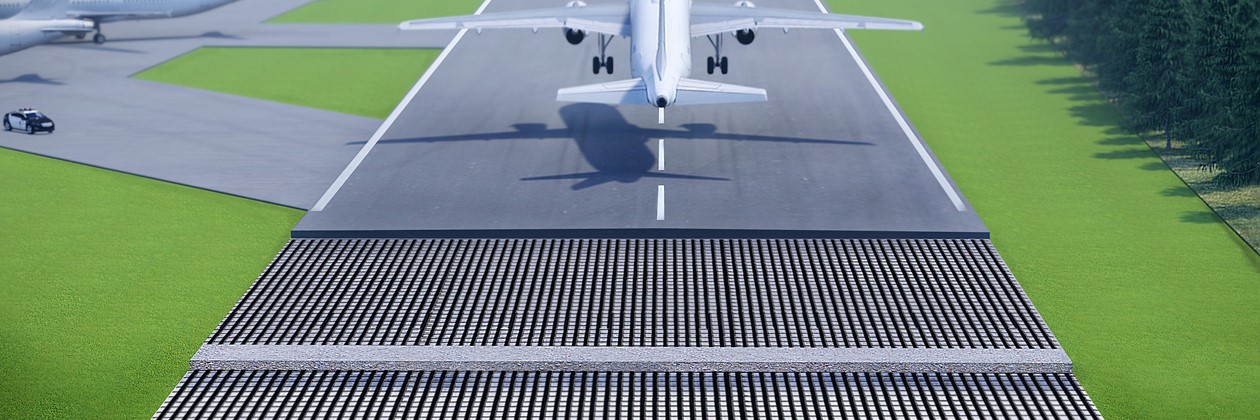Woven geogrid with polymer coated
TechGrid GFG has been proven to be effective in all climatic and geographical regions, performing equally well in desert conditions and polar regions with intense cold and seasonal temperature fluctuations.

TechGrid GFG is a composite asphalt grid made by combining high-strength geogrids with reinforced glass fiber and bitumen-coated ultra-lightweight non-woven geotextiles for asphalt road reinforcement. It reduces load concentration, delays cracks, and is cost-effective.
TechGrid GFG is specially designed for enhancing the base structure, composed of high tensile strength glass fiber filaments and bitumen-coated lightweight geotextiles. These composite asphalt grids provide an effective solution for road reinforcement. They reduce load concentration, delay crack formation, and offer long-lasting durability. Moreover, they are a cost-effective choice, significantly reducing construction and maintenance expenses. TechGrid GFG is an ideal option for reinforcement, stabilization, and improvement, ensuring a reliable and resilient infrastructure.
TechGrid GFG has been proven to be effective in all climatic and geographical regions, performing equally well in desert conditions and polar regions with intense cold and seasonal temperature fluctuations.


Geosynthetic products form the road platform on the soft soils to prevent the reflection and crocodile crack in the road layer. This method reduces the thickness of sub-base layer required. CheMax series product is developed for remove the water from the road ground embankment, strength the embankment and separate the structural fill and basement layer.
View
One of the fastest and most commonly preferred modes of transportation in the aviation sector stands out from other means of transportation due to its location and technological infrastructure. Particularly, construction and maintenance processes for various areas such as runways, aprons, and stations, which must meet specific limit conditions, require distinct engineering expertise. In today's world, geosynthetic materials offer economical and durable solutions beyond conventional methods to address the challenges encountered in different airport zones.
View